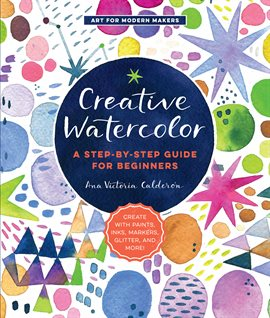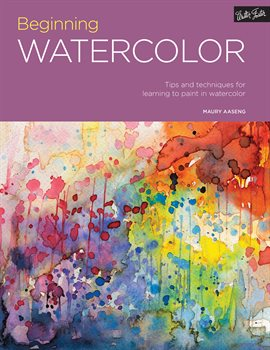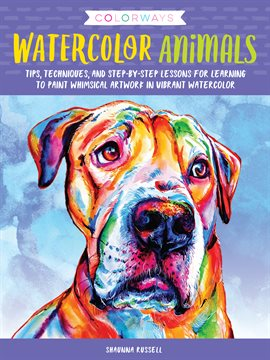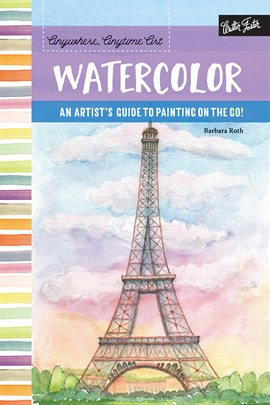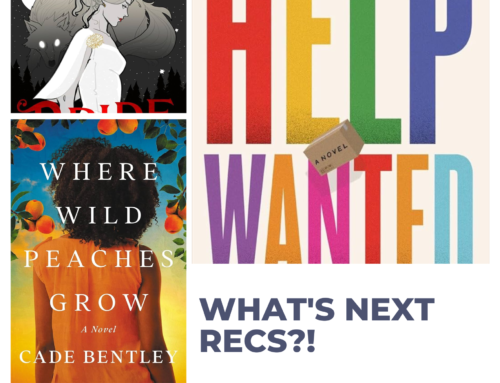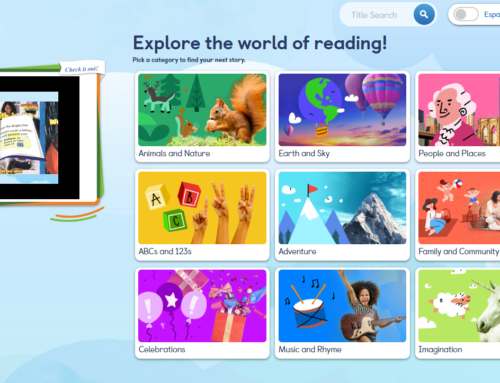Whether you are an aspiring artist, a beginner, or an expert, the diversity of watercolor painting has something for everyone. Try these fun watercolor techniques to create unique works of art. Remember to make a Curbside Appointment to receive your free Watercolor Beehive Art To Go Kit in September that can be scheduled to be picked up at any branch. Act fast as supplies are limited.
What is Water Color?
Watercolor is a painting method in which the paints are made of pigments suspended in a water-based solution. Watercolor refers to both the medium and the resulting artwork.
There are many different types of watercolor paints. You can use a liquid base and add water to create the perfect wash or use a hard powder and add water to create the color wash. There even is a water color pencil where you draw then add water.
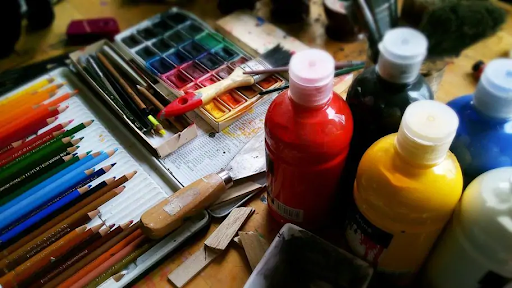
Example of different water colors products.
History of Watercolor Painting
The origins of watercolor painting date back to the cave paintings of prehistoric humans in the Paleolithic ages. They painted walls with a mixture of ochre, charcoal, and other neutral pigments. Egyptians used watercolors painted on papyrus and Chinese watercolor paintings developed around 4000 B.C.E. Advanced watercolor paintings emerged in Europe in the 15th and 16th century during the Renaissance.

Lascaux Cave paintings in France dating 17,000 – c. 15,000 BCE

Types of brushes that can be used
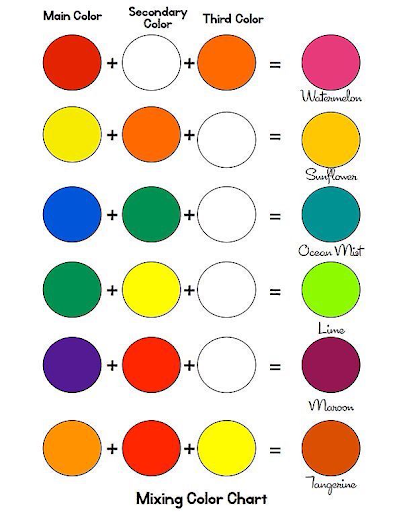
Color Mixing Chart
Technique 1: Crayon Resist
Using a white crayon, draw where you do not want the watercolor paint to stick. This technique is great for outlining your objects or adding texture to your painting. After the crayon is drawn, a layer of watercolor is applied to the paper. You can add it section by section or one continuous application. Where you put the crayon the paint will not stick, creating an image.
You can use a white oil pastels instead or even a glue stick.
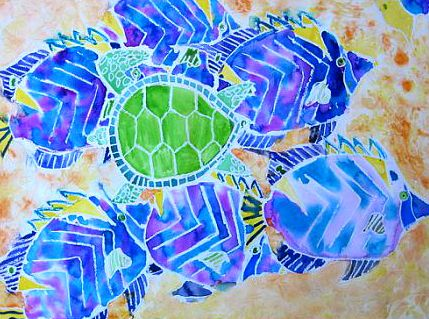
Crayon Resist Watercolor Technique
Technique 2 : Salt Method
With the paint still wet on the paper, take regular table salt and sprinkle over the area you want to add texture. I like to do this with the sky, water, or anywhere if I’m doing an abstract painting. Start with a small amount then add more. You can always add more but taking away is difficult. Let the salt dry and gently take your finger or the end of the paint brush and flick off the salt grain. The salt will have absorbed the paint leaving behind a washed out effect.
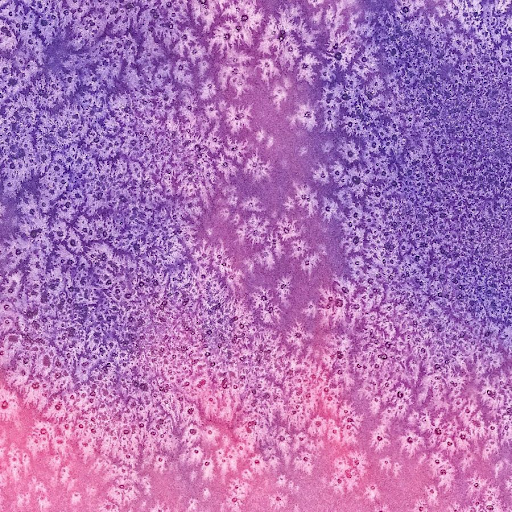
Salt Method Example
Technique 3 : Plastic Wrap
This technique requires you to get a little bit messy with your painting, but trust me, it will turn out great! Add a large amount of water to your paints making them very liquidy, but still full in color. Make sure your paper is slightly wet so the paint can slide around. Start adding the runny paint to the paper in random patterns until you cover the whole page, creating an array of colors. Now work fast as this needs to be done when the paint is wet. Take a piece of plastic wrap, wad it up loosely and lay it on the paint leaving it to dry. Carefully remove it when it is dry. Color shapes and lines should have formed.
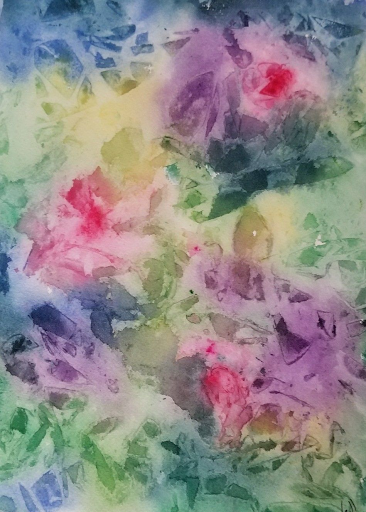
Plastic Wrap Technique Example
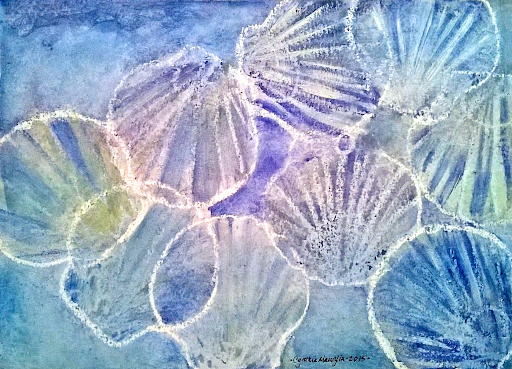
You can combine techniques such as this one that combines crayon resist and the plastic wrap method.
Watercolor Beehive Art to Go Kits
Kits contain a fun art project and step-by-step instructions to create a colorful watercolor beehive painting. The kits will include everything you need, including the paints. Schedule your pickup anytime in September as supplies last.
Resources
If you want to know more explore these fun titles:

